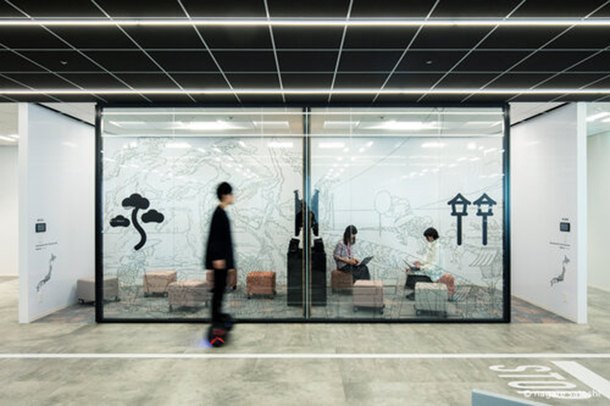Toyota Subsidiary Woven Acquires Lyft Autonomous Division
Toyota’s Woven Planet Holdings has acquired Level 5, Lyft’s self-driving unit. Woven Planet’s deal brings scientists, software engineers, and researchers together as one.
Last year, we detailed the launch of Woven, but since that time they’ve been relatively quiet until now. Woven has put together engineers, research scientists, and mobility services experts. They’ve amassed sensing, computing, and software assets, to go along with automated driving system capabilities.
The company is growing beyond its headquarters in Tokyo to include teams in Palo Alto, California, and London, UK. Besides Level 5, Lyft agreed to the use of their data to fast track the autonomous technology Woven Planet is developing. Lyft’s vast system and fleet data will make Woven commercially viable that much faster, according to the company.
Lyft received $550 million in cash, with $200 million paid upfront, and the balance paid over five years.
“This acquisition advances our mission to develop the safest mobility in the world at scale. The Woven Planet team, alongside the team of researchers at TRI, have already established a center of excellence for software development and technology in the Toyota Group,” said James Kuffner, Woven Planet’s CEO.
“Bringing Level 5’s world-class engineers and experts into the fold—as well as additional technology resources—will allow us to have even greater speed and impact. This deal will be key in weaving together the people, resources, and infrastructure that will help us to transform the world.”
Lyft’s CEO, Logan Green stated, “Lyft has spent nine years building a network capable of scaling autonomous vehicles. This brings together the vision, talent, resources and commitment.”
Woven Planet’s mission is to combine Silicon Valley culture with Japanese craftsmanship to develop mobility solutions. The acquisition accelerates Woven’s ability to advance technology. We wonder whose responsibility it will be to plug in the autonomous EV, the brain onboard, or yours?
[Images: Toyota]
With a father who owned a dealership, I literally grew up in the business. After college, I worked for GM, Nissan and Mazda, writing articles for automotive enthusiast magazines as a side gig. I discovered you could make a living selling ad space at Four Wheeler magazine, before I moved on to selling TV for the National Hot Rod Association. After that, I started Roadhouse, a marketing, advertising and PR firm dedicated to the automotive, outdoor/apparel, and entertainment industries. Through the years, I continued writing, shooting, and editing. It keep things interesting.
More by Jason R. Sakurai
Latest Car Reviews
Read moreLatest Product Reviews
Read moreRecent Comments
- Jeff I do think this is a good thing. Teaching salespeople how to interact with the customer and teaching them some of the features and technical stuff of the vehicles is important.
- MKizzy If Tesla stops maintaining and expanding the Superchargers at current levels, imagine the chaos as more EV owners with high expectations visit crowded and no longer reliable Superchargers.It feels like at this point, Musk is nearly bored enough with Tesla and EVs in general to literally take his ball and going home.
- Incog99 I bought a brand new 4 on the floor 240SX coupe in 1989 in pearl green. I drove it almost 200k miles, put in a killer sound system and never wish I sold it. I graduated to an Infiniti Q45 next and that tank was amazing.
- CanadaCraig As an aside... you are so incredibly vulnerable as you're sitting there WAITING for you EV to charge. It freaks me out.
- Wjtinfwb My local Ford dealer would be better served if the entire facility was AI. At least AI won't be openly hostile and confrontational to your basic requests when making or servicing you 50k plus investment and maybe would return a phone call or two.





































Comments
Join the conversation
Even the best self-driving technology can't handle ordinary driving scenarios like moderate to severe weather. Take away the lines on a snow-covered 3 lane interstate and thank you for playing, sorry, but the human needs to drive. That seems simple to us when in reality this is extremely difficult to resolve with code. Lyft and Uber are both gamblings on self-driving technology negating drivers to make their business model viable. The fact that Lyft sold their division indicates to me where they felt self-investment was going. The fact Toyota bought the technology tells me that they have something more than vaporware. If the investment can make the full-speed stop-start cruise control less useless in Toyota products, that in itself is a win.* * Toyota system keeps to large of a gap so cars pull in front. The system goes, "oh no car pulled in front of me," and slows down more, resulting in more cars pulling in front, and more slow downs. Beyond a light traffic scenario, it is useless.
Re: that last pic....is that supposed to be "SNOW", or "MONS"?